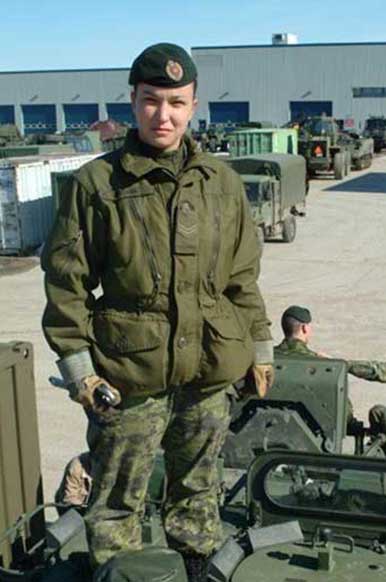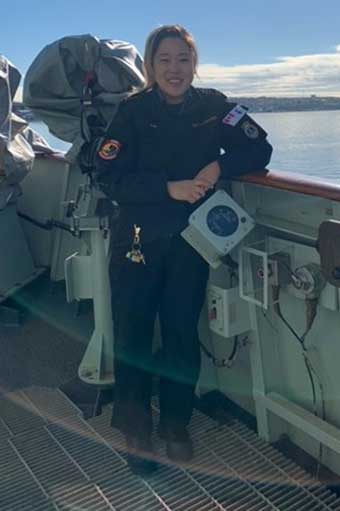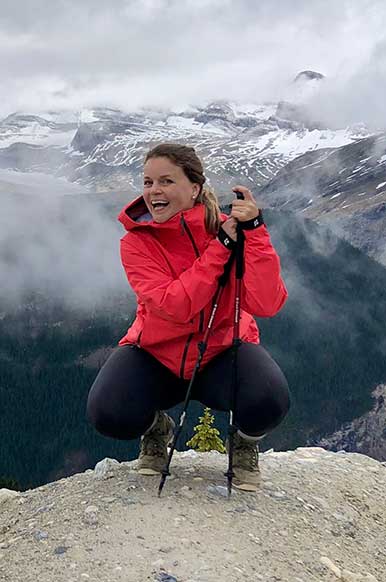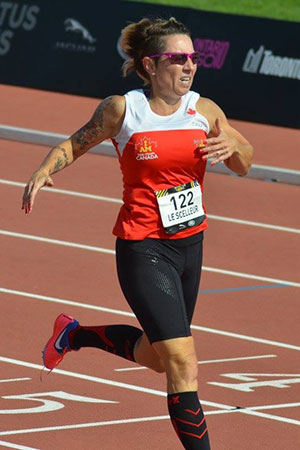Lieutenant-Colonel (Ret’d) Jacques Laplante
A little over 40 years ago, Jacques Laplante got his first taste of aviation. As soon as he enrolled in 1973, he knew he wanted to be a pilot and had his sights on fighter planes. Instead, he was trained to fly helicopters, which serendipitously led him to have a fascinating and diversified career.
Balkans Haiti

Joined
1973
Postings
- 1980: Valcartier, QC
- 1985: Exchange Officer in Étain, France
- 1987: Valcartier, QC
- 1993: Ottawa, ON
- 1996: Toronto, ON
- 1997: Valcartier, QC
- 1999: Ottawa, ON
- 2002: Edmonton, AB
- 2005: Ottawa, ON
- 2008: Valcartier, QC
Deployments
- 1997: Haiti
- 2003-04: Bosnia-Herzegovina
- 2010: Haiti
In the 1970s, one of the best ways to become a pilot was to take the Canadian Armed Forces (CAF) training called “Aero-TP”. This program allowed new recruits to take university courses and become an officer. This was the path Jacques Laplante took after enrolling in 1973.
After completing CEGEP, he earned a bachelor’s degree in civil engineering at Université Laval. His pilot training however was just beginning. He wanted to be a fighter plane pilot but was instead selected to be a helicopter pilot. “In the Canadian Forces, when you begin a pilot course, you know you can be called upon to pilot different types of aircraft, and you don’t really have a choice” he says.
I realized that yes, fighter planes are interesting, but flying in a helicopter (…) that was one of the nicest type of flying you can have in the Canadian Forces.
In 1980, after two years of flight courses, he was assigned to tactical “Kiowa” helicopters at the Canadian Forces Base (CFB) Valcartier. At first, he was far from thrilled at being a helicopter pilot, but his perspective changed with experience.
“I think that was the best decision they made for my career. After I started flying a helicopter, I realized that yes, fighter planes are interesting, but flying in a helicopter, especially tactical helicopters, it was of the nicest type of flying you can have in the Canadian Forces.”

Lieutenant-colonel Jacques Laplante at the commands of his helicopter.
Over his 42 years of service, he had the opportunity to go abroad four times. In 1985, he participated in an exchange with France where he flew “Gazelle” type reconnaissance aircraft. He also served on two missions in Haiti in 1997 and 2010, and was deployed to Bosnia-Herzegovina in 2003.
The 2010 mission to Haiti left an impression and had its share of logistical challenges. After an earthquake of 7.0 on the Richter scale hit, the country’s infrastructure was in ruins. Called in to provide humanitarian reinforcements, the first Canadian contingents landed at the Port-au-Prince airport 48 hours after the first fatal tremors. Laplante was in this group.
Only a few hours after arriving, the first reconnaissance flights began. “The first missions were mainly search and rescue missions. Search and rescue technicians were quickly used to support the Disaster Assistance Response Team. They provided medical support to all the hospitals and the doctors who were in Port-au-Prince, where there had been a lot of injured,” he explains.
When we arrived, we were among the first, so the first night, we slept under the wing of an old Boeing 727 that was parked at the back of the ramp.
Canadian members were deployed so quickly that he even slept outdoors his first night in Port-au-Prince. “When we arrived, we were among the first, so the first night, we slept under the wing of an old Boeing 727 that was parked at the back of the ramp.”
Despite a few difficult first weeks with little material and limited access to adequate sanitary facilities, the Canadians continued their humanitarian aid work. They conducted many rescue missions for the local population and also participated in patrols to ensure security. Laplante ended up staying for nearly three months.
In 2015, Jacques Laplante reached the mandatory retirement age for CAF pilots. Still led by his passion for aviation, he remains in the field and has his own flight safety consultation business.
“When you start in aviation, you want to continue in aviation. I have trouble saying no because it is always very interesting but eventually, I will consider retiring,” he says.
With courage, integrity and loyalty, Jacques Laplante has left his mark. He is one of our Canadian Veterans. Discover more stories.
You can also listen to his Faces of Freedom podcast episode.
- Date modified:















